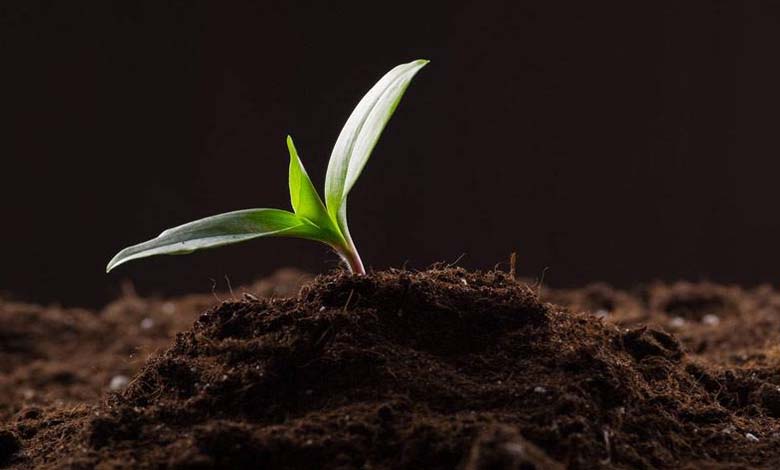Siberia: Temperature Rise Behind Appearance and Disappearance of Plant Species

Climate change in Siberia poses several challenges, including those related to the fate of plant and animal components and the ecosystems in the region. Experts warn that the impact of these challenges may become irreversible if not addressed, leading to a loss of control.
Due to climate change, the city of Yakutsk in Siberia has experienced an average temperature increase of 3 degrees in recent years. This is reflected in a harsh winter, although warmer than the region is accustomed to, with temperatures that used to range between -60 and -70 degrees Celsius, now not straying far from fifty below zero.
The ongoing temperature rise is rapidly influencing the plant component of the region, leading to the disappearance of certain plant species and the appearance of others that were absent or rare.
Russian farmer Maxim Dulgof said, “There is a vast difference between what was growing in the region 50 years ago and what is growing there today.” He added, “For example, the region has recently become known for the Persian walnut tree; we haven’t heard of it as local farmers for the past 10 years, and some are surprised by its current presence. Add to that watermelon, strawberries, and local berries that were impossible to find in the region years ago.”
Although the temperature rise is behind the appearance and spread of the mentioned species, all of them have the ability to resist the cold, as the survival of many plants and animals adapted to Siberia’s conditions depends on the frozen soil.
Dependency that could lead to the extinction of many species in the event of a radical change, such as the melting of ice accompanying warming.
Climate changes and temperature rise in this region for thousands of years have been the cause of the disappearance of many animals that inhabited it, such as mammoths and rhinoceroses, and ironically, according to some, these climate changes facilitate the recent discovery of the skeletons of these animals.
It seems that the speed at which the plant world is evolving is also affecting the animal component, as the northern circles turn into areas suitable for different species than those previously witnessed, especially birds, including eagles, and extending to the insects that accompany their swarms.
Grigory Novgorodov, a researcher at the Mammoth Museum in Yakutsk, said:
We are closely monitoring the effects of climate change in Siberia, including the appearance of bird species that often bring with them a range of new insects, with the aim of expanding their spread and distribution. What we are recording in the context of research does not yet indicate significant changes, but it carries dangerous models such as ticks, which cause meningitis in humans. The first cases of its appearance have only occurred in the last three years. And it is not the rise in temperatures itself that disturbs experts as much as the pace of this continuous rise. This may make plant and animal models vulnerable to disappearance before they can adapt to the emerging climatic conditions. This directs research centers towards possessing modern biological technologies to ensure the preservation of the region’s ecosystems.












